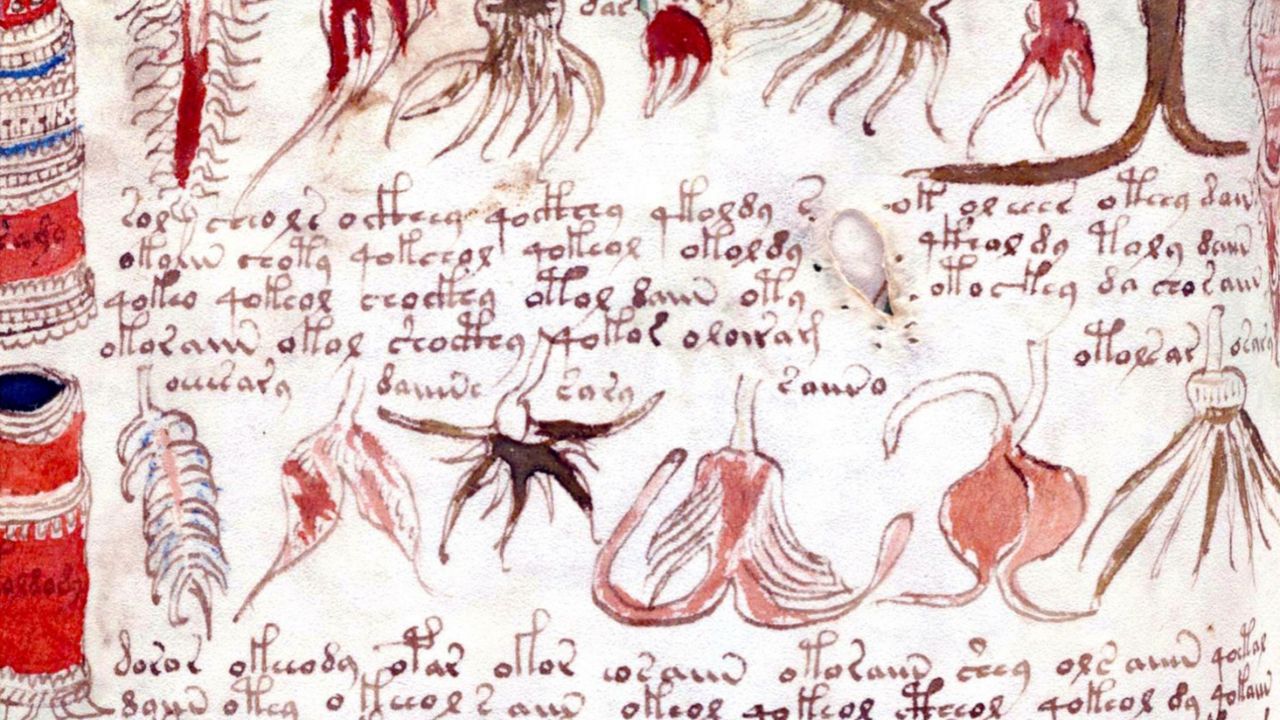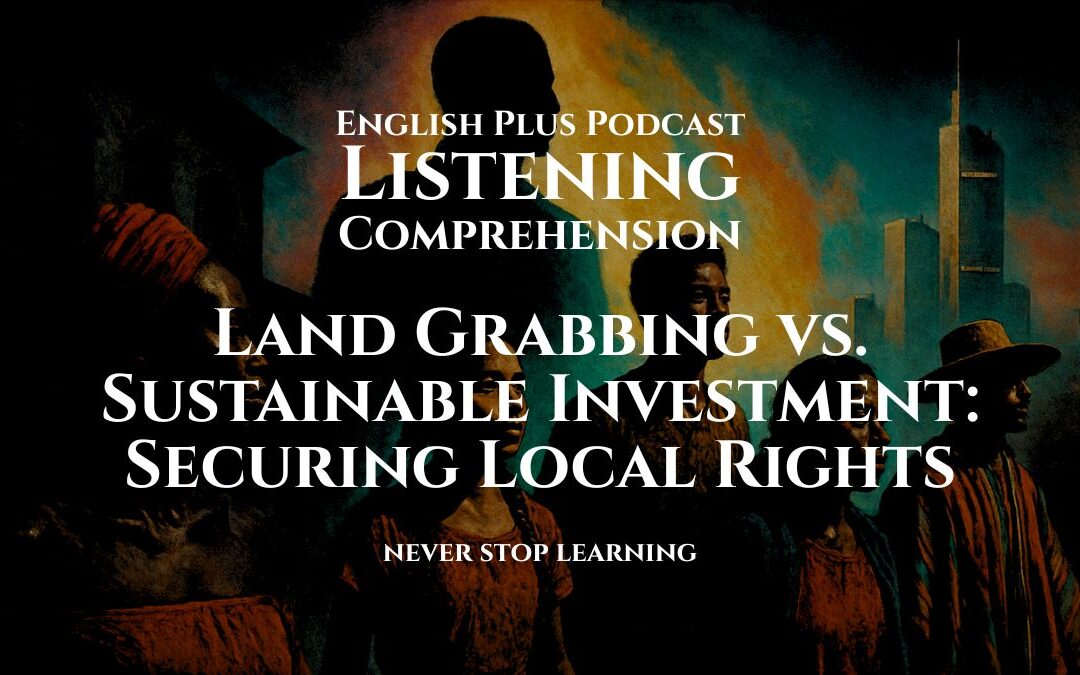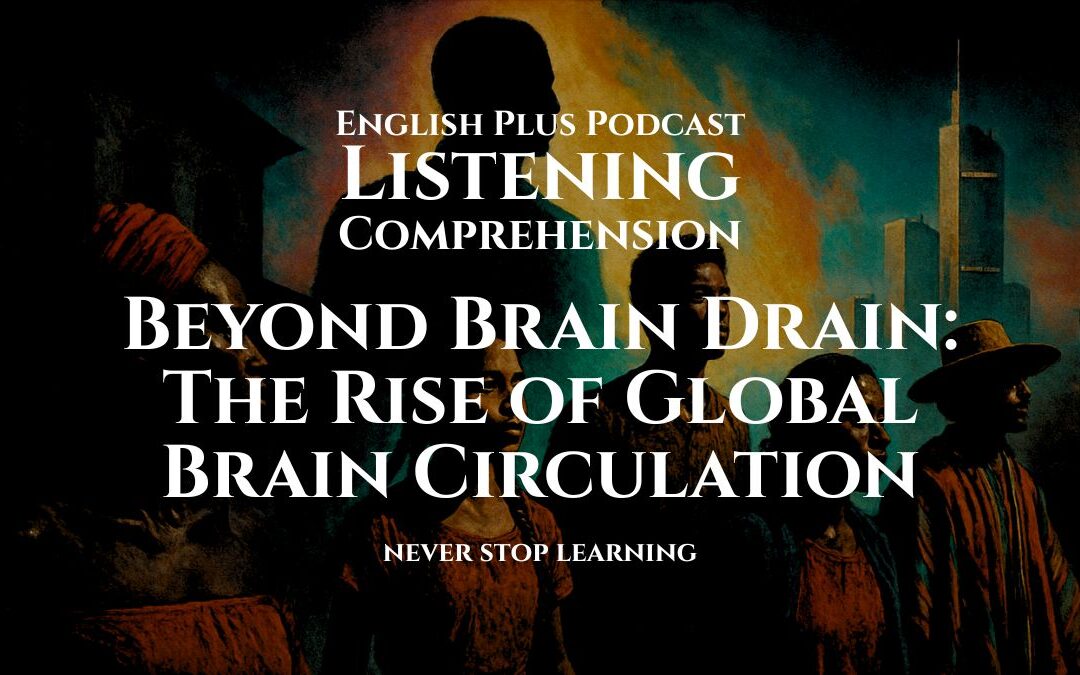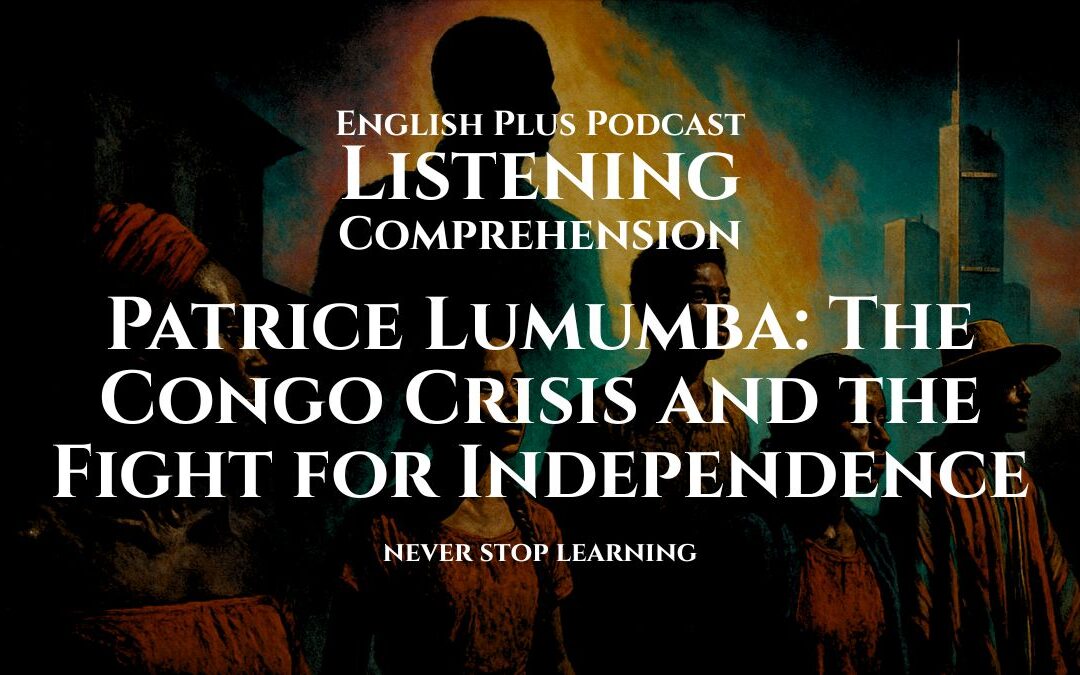- The Saga of the Mysterious Manuscript
- Attempts to Decipher the Undecipherable
- The Mystique and the Magnetism of the Manuscript
- The Voynich Manuscript – An Unsolved Enigma
- Keywords
- Key Takeaways
- FAQs
- Who wrote the Voynich Manuscript?
- What language is the Voynich Manuscript written in?
- Are there any known translations of the Voynich Manuscript?
- Could the Voynich Manuscript be a hoax?
- What are some popular theories about the Voynich Manuscript’s content?
- Has anyone made progress in deciphering the Voynich Manuscript?
- What techniques have been used to try to decipher the manuscript?
- Are there any other manuscripts similar to the Voynich Manuscript?
- Can modern technology help decipher the Voynich Manuscript?
- Why is the Voynich Manuscript so famous?
- Myth Buster
- Myth: The Voynich Manuscript has been fully deciphered.
- Myth: The manuscript is a hoax created by Wilfrid Voynich.
- Myth: The Voynich Manuscript is a medieval cookbook.
- Myth: The language used in the manuscript is a cipher.
- Myth: Linguists have identified similarities between the manuscript’s language and known languages.
- Myth: The manuscript’s illustrations hold the key to deciphering the text.
- Myth: Modern technology and artificial intelligence can easily decode the Voynich Manuscript.
- Myth: The Voynich Manuscript is a work of fiction.
- Myth: The Voynich Manuscript is written in a lost or forgotten language.
- Myth: The Voynich Manuscript holds the key to unlocking ancient secrets.
- Checkpoint
Immersed in a sea of mysterious codes and ethereal illustrations lies the Voynich Manuscript – an enigma that continues to captivate scholars, cryptographers, and the casually curious. A six hundred-year-old cryptic document, this illustrated codex is penned in an unknown language or cipher and filled with intricate botanical, astronomical, and anatomical drawings. It’s a mystery wrapped within parchment pages, whispering untold tales waiting to be deciphered. This article invites you on an intricate exploration of the Voynich Manuscript, its history, and the numerous attempts to crack its code.
The Saga of the Mysterious Manuscript
Named after its discoverer, antiquarian bookseller Wilfrid Voynich, the Voynich Manuscript came to light in 1912. Its origins, however, stretch back to the 15th century. Bound in vellum, the manuscript consists of about 240 pages adorned with drawings that range from the botanical to the fantastical.
The manuscript is unique, not for its age or illustrations, but for its language. The text is written in a script that remains undeciphered, despite the best efforts of countless professional and amateur cryptographers. The manuscript’s pages teem with a myriad of looping swirls and delicate characters that elude comprehension, yet hint at a system of meaning waiting to be uncovered.
Attempts to Decipher the Undecipherable
From the moment the Voynich Manuscript was discovered, it has become a proverbial ‘Holy Grail’ for cryptographers. Over the years, it has courted the attention of renowned scholars and codebreakers. However, despite these intense efforts, the manuscript continues to guard its secrets.
One of the most notable attempts to decipher the text came from William Newbold in the early 20th century. He proposed that the characters in the text were, in fact, microscopic shorthand symbols. Though initially received with excitement, Newbold’s theory was later discredited.
Many have speculated the manuscript to be a hoax, perhaps the work of Voynich himself. However, radiocarbon dating of the manuscript’s vellum to the early 15th century largely discredits this theory.
Others have proposed that the manuscript was written in a known language, but with an intricate cipher or code. Yet, no one has managed to produce a convincing translation following this line of thought.
The Mystique and the Magnetism of the Manuscript
The allure of the Voynich Manuscript extends beyond its cryptic language. Its illustrations, filled with an array of peculiar plants, astral charts, and naked figures, add another layer of enigma. Some suggest the manuscript to be a medieval pharmacopoeia, documenting then-known medicinal plants and remedies. Others see it as an alchemical treatise or an exploration of early human biology.
The Voynich Manuscript also holds a peculiar magnetism. It appeals not just to scholars and historians but also to artists, writers, and filmmakers, inspiring a range of cultural and creative works.
The Voynich Manuscript – An Unsolved Enigma
The Voynich Manuscript remains an unsolved mystery, its language elusive, and its purpose unknown. As we venture further into the 21st century, new techniques in cryptography, linguistics, and computer science are being applied in attempts to decipher it. But as of yet, the manuscript continues to guard its secrets.
The mystery of the Voynich Manuscript underscores our fascination with the unknown. The manuscript’s indeterminate past and its indecipherable content make it a captivating piece of our global heritage. Its cryptic allure reminds us that our world is still full of mysteries, waiting to be unraveled and understood.
Keywords
- Voynich Manuscript: A 15th-century illustrated codex written in an unknown language or cipher.
- Cryptic: Mysterious or puzzling, difficult to understand.
- Codex: A manuscript book, especially one written before the invention of the printing press.
- Cipher: A secret or disguised way of writing; a code.
- Decipher: To convert a coded or encrypted message into intelligible text.
- Antiquarian: Relating to the study or collection of antique items, especially books.
- Cryptographer: A person who studies or uses codes and ciphers.
- Radiocarbon Dating: A method used to determine the age of organic materials by measuring the decay of radioactive carbon-14.
- Pharmacopoeia: A book containing a list of medicinal drugs with their descriptions and preparation methods.
- Enigma: A puzzling or mysterious person, thing, or situation.
Key Takeaways
- The Voynich Manuscript is a 15th-century codex written in an unknown language or code that remains undeciphered.
- Numerous attempts have been made to decipher the manuscript, but its secrets have yet to be fully revealed.
- The manuscript’s illustrations of plants, astronomical charts, and human figures add to its enigmatic nature.
- Theories about the manuscript’s origin and purpose range from a hoax to a pharmacopoeia or alchemical treatise.
- The Voynich Manuscript continues to inspire fascination and creative works in various artistic fields.
FAQs
Who wrote the Voynich Manuscript?
The author of the Voynich Manuscript remains unknown. The manuscript is named after Wilfrid Voynich, the antiquarian bookseller who discovered it in 1912.
What language is the Voynich Manuscript written in?
The language or cipher used in the Voynich Manuscript remains undeciphered. It has defied all attempts at linguistic or cryptographic analysis.
Are there any known translations of the Voynich Manuscript?
No complete or widely accepted translations of the Voynich Manuscript exist. Partial decipherments and speculative interpretations have been proposed, but none are universally accepted.
Could the Voynich Manuscript be a hoax?
The possibility of the manuscript being a hoax has been considered, but radiocarbon dating of the vellum suggests an early 15th-century origin, making it unlikely that Wilfrid Voynich himself created it.
What are some popular theories about the Voynich Manuscript’s content?
Theories about the manuscript’s content range from a herbal pharmacopoeia to an alchemical or astrological work. Other speculations include a secret language or a book of esoteric knowledge.
Has anyone made progress in deciphering the Voynich Manuscript?
Despite many claims and efforts, no definitive decipherment of the Voynich Manuscript has been achieved. The manuscript’s language or code remains a mystery.
What techniques have been used to try to decipher the manuscript?
Various approaches, including linguistic analysis, statistical analysis, and computer-assisted methods, have been employed to decipher the Voynich Manuscript. However, none have produced conclusive results.
Are there any other manuscripts similar to the Voynich Manuscript?
The Voynich Manuscript is unique in its combination of unknown language and intricate illustrations. While there are other ancient manuscripts with encrypted text, none are quite like the Voynich Manuscript.
Can modern technology help decipher the Voynich Manuscript?
Advances in cryptography, linguistics, and computer science offer new possibilities for deciphering the Voynich Manuscript. Researchers continue to explore these avenues, hoping to unravel its secrets.
Why is the Voynich Manuscript so famous?
The Voynich Manuscript’s fame stems from its age, its enigmatic language, and the intricate illustrations that accompany the text. Its unsolved mystery has intrigued scholars and the public for over a century.
Myth Buster
Myth: The Voynich Manuscript has been fully deciphered.
Reality: The Voynich Manuscript remains undeciphered, with no universally accepted translation or interpretation.
Myth: The manuscript is a hoax created by Wilfrid Voynich.
Reality: Radiocarbon dating suggests the manuscript predates Voynich’s ownership, making it unlikely that he created it as a hoax.
Myth: The Voynich Manuscript is a medieval cookbook.
Reality: While some illustrations suggest botanical or medicinal themes, the manuscript’s overall purpose and content remain unknown.
Myth: The language used in the manuscript is a cipher.
Reality: The nature of the Voynich Manuscript’s script is still unknown, and it may not adhere to traditional cryptographic principles.
Myth: Linguists have identified similarities between the manuscript’s language and known languages.
Reality: No definitive connections have been established between the Voynich Manuscript’s language and any known languages.
Myth: The manuscript’s illustrations hold the key to deciphering the text.
Reality: While the illustrations offer contextual clues, they have not provided a breakthrough in deciphering the manuscript’s language.
Myth: Modern technology and artificial intelligence can easily decode the Voynich Manuscript.
Reality: Despite advancements in technology, deciphering the Voynich Manuscript remains a formidable challenge that has not been overcome.
Myth: The Voynich Manuscript is a work of fiction.
Reality: The origins and purpose of the Voynich Manuscript remain uncertain, and it is unclear whether it represents factual or fictional content.
Myth: The Voynich Manuscript is written in a lost or forgotten language.
Reality: While the Voynich Manuscript’s language remains undeciphered, it is unclear whether it represents an entirely unique language or an encoded form of a known language.
Myth: The Voynich Manuscript holds the key to unlocking ancient secrets.
Reality: While the Voynich Manuscript is an intriguing historical artifact, its content and purpose may not necessarily unveil profound ancient secrets but instead reflect the specific context and interests of its time.
Checkpoint
When was the Voynich Manuscript discovered?
A) 1912
B) 15th century
C) 20th century
D) 19th century
A
What material is the Voynich Manuscript made of?
A) Papyrus
B) Vellum
C) Parchment
D) Paper
B
How many pages does the Voynich Manuscript contain?
A) Approximately 100
B) Approximately 240
C) Approximately 500
D) Approximately 1000
B
Who was the discoverer of the Voynich Manuscript?
A) William Voynich
B) Wilfrid Voynich
C) Walter Voynich
D) Warren Voynich
B
Which of the following is true about attempts to decipher the Voynich Manuscript?
A) It has been fully deciphered.
B) Only professional cryptographers have attempted decipherment.
C) William Newbold successfully deciphered the manuscript.
D) No definitive decipherment has been achieved.
D











0 Comments